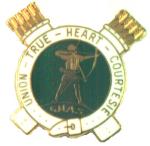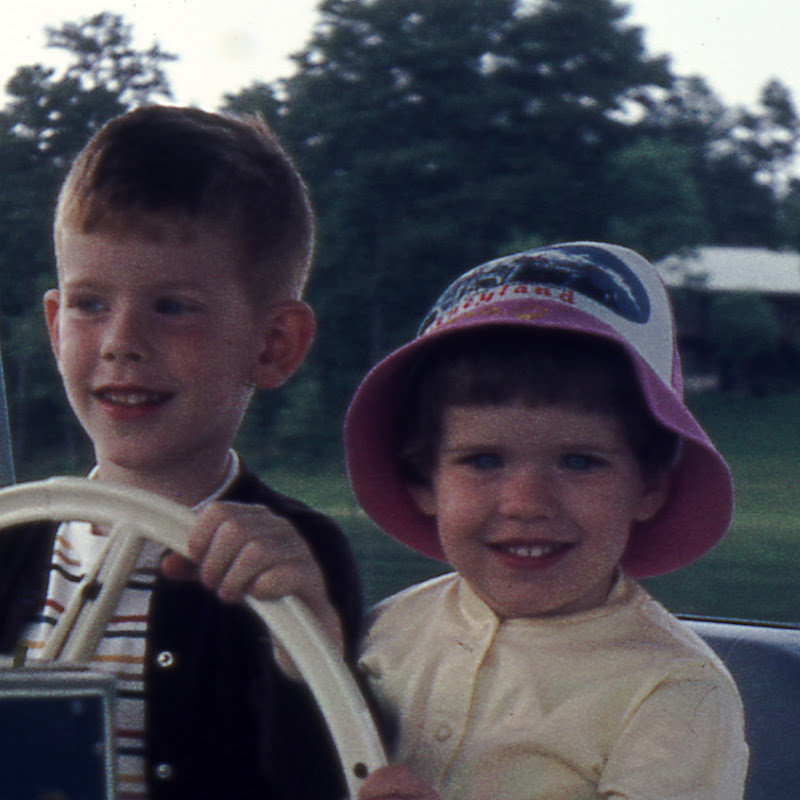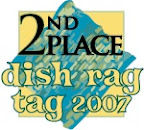A couple of days ago, Cady Gray brought home a piece of kindergarten "homework." It was a game where we took turns pulling two cut-out pictures out of a paper bag; if we got a pair of pictures that rhymed, we got to keep the match.
Archer was really interested in this game, and kept playing long after Cady Gray had moved on to something else. I idly asked him how many different combinations of two cards we could draw from the sixteen cards in the bag. "If it mattered which order they were in, the answer would be sixteen factorial," I said, "but I don't know how to figure out the answer when the order doesn't matter."
That night I was packing lunches for the kids, and as always, I wrote notes to accompany them. Since this summer I've been writing little quizzes or questions for Archer, and packing a pencil in the box so he can answer them. Because I was still wondering what he would do to figure out the answer, I wrote: "If there are eight pairs of rhyming cards in the sack, and the order doesn't matter, what are the chances you will pull out matching cards? Total # of possible combos: ___ Chance of a match: ____"
When I got home yesterday afternoon, I immediately opened his lunchbox to see what he'd written. In the first blank, he'd penciled in "120." In the second, "8 in 120."
Now I had to try to figure out what the right answer was. I Googled around until I found a description of how to figure out problems with the form "16 choose 2" using Pascal's triangle. Then I Googled around some more until I found an image of Pascal's triangle with enough rows to get down to 16. I read over to the second place and ...
120. He was right.
But how did he know? I asked him today, and he explained that he added 1+2+3+4 and so on, up to 15. When I asked him how he knew how to do this, he just said that if he kept going farther, he would draw one of the combinations that had already been used. Noel asked him if he read about how to do this in a book, and he said that he hadn't.
I'm at a loss to understand what numerical logic would lead him to this method. Any mathematicians out there want to explain it to me in plain English?
Subscribe to:
Post Comments (Atom)





2 comments:
It makes sense to me. Start with any arbitrary card # 1; it can be paired with any of the other 15, for 15 possible pairs. Now go to arbitrary card #2. You've already counted its possible pair with #1, so it has 14 potential pairings left. And so on.
What I don't get is your 16 factorial. If order matters for the pairs, I get 240 possibilities.
Aha -- that must be what he's talking about. And I don't know from factorial -- just a vague memory that they're involved in permutations some way. :)
Post a Comment